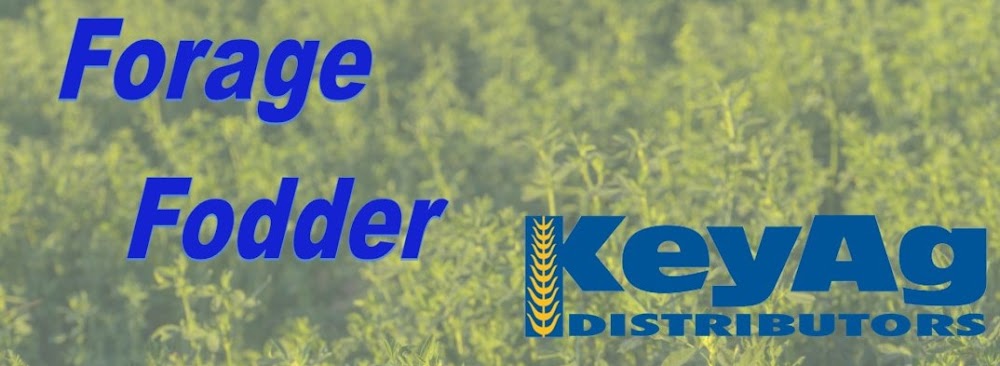Colorado—In the Sept. 15 report, trade activity was moderate on very good demand for horse hay markets. Feedlots are putting offers on hay with a few sellers accepting. According to the NASS Colorado Crop Progress Report for the week ending Sept. 11, third cutting alfalfa harvested is 70%, fourth cutting 15%. Stored feed supplies were rated 15% very short, 18% short, 61% adequate, and 6% surplus.
Missouri—In the Sept. 15 report, compared to last report, hay supplies are listed at 38% very short to short, 62% adequate, and 0% surplus. Hay movement is moderate, demand is moderate to good and prices are steady to firm. Fall can certainly be felt in the air now. Some farmers are still making hay although it’s not the easiest to dry down with the wet nights and cooler air. Pastures conditions are mostly unchanged for the week as of the latest crop condition report.
Nebraska—In the Sept. 15 report, compared to last week, round bales of alfalfa sold fully steady, square bales steady. Round bales of grass or native prairie grass steady. Demand was good for all available forages. Some hay is getting shipped into Nebraska from states north of the border. These loads are helping with some of the much-needed hay supply the Nebraska livestock owners are short. Overall, there is a lot of harvesting of fall crops across the state this week. Many crops appear to be ahead of a typical year of harvest.
Oklahoma—In the Sept. 9 report, hay continues to get tighter. Supply is getting lower, demand is getting higher along with prices are beginning to change again, and we haven’t even begun the fall season yet. The rain we did receive last week did help some, but it may have been too late to see another cutting of hay. Next report will be Sept. 23.
Texas—In the Sept. 16 report, compared to the last report, hay prices remain firm in all regions. Hay demand remains good on active trading activity. Rains over the previous month helped recover pastures, but no notable rain has been recorded since. Subsoil moisture has begun to shorten again, as winter wheat planting has been in full swing. However, some timely rains are needed to allow for the wheat to emerge. Forages are predicted to be short through the winter months, with hay yields ranging from 50% to 75% of normal throughout the growing season. Additionally, substitute roughages such as cotton burrs and hulls are expected to be 50% to 75% shorter than last year. Hay continues to be moved in from Colorado and Kansas, but they are reporting shorter yields as well. High freight costs are also limiting some movement, forcing livestock producers to cull deeper into their herds and sell calves earlier. Next report will be released Sept. 30.
New Mexico—In the Sept. 16 report, compared to last week, alfalfa hay prices steady. Trade active, demand very good. Supplies tight for top quality hay. The southern and eastern part of the state are finished with the fifth cutting. Sixth cutting has started in some areas. More rain hit across parts of the state.
South Dakota—In the Sept. 16 report, compared to last week, alfalfa and grass hay remain firm. Good demand for all types of hay and qualities of hay, especially for the high testing dairy quality as the delayed first cutting, then more drought resulted in much reduced tonnage. Third cutting was light, to nonexistent in some areas.
Wyoming—In the Sept. 15 report, compared to last week, all reported forages sold fully steady. Demand was good. Most hay staying in the local trade market with some squares going to out of state buyers. Mostly dry conditions across the state. Producers in the west are on second cutting and the producers in the east starting on third cutting.
Montana—In the Sept. 16 report, compared to last report, hay sold fully steady. Demand for hay was remains moderate for mostly moderate offerings. Prices nearest drought stricken areas remain the highest. Heavier sales were seen this week as buyers and sellers both seem happy to move hay at steady prices. Straw demand remains good, and sales continue at steady money this week. Drought conditions remain.


No comments:
Post a Comment